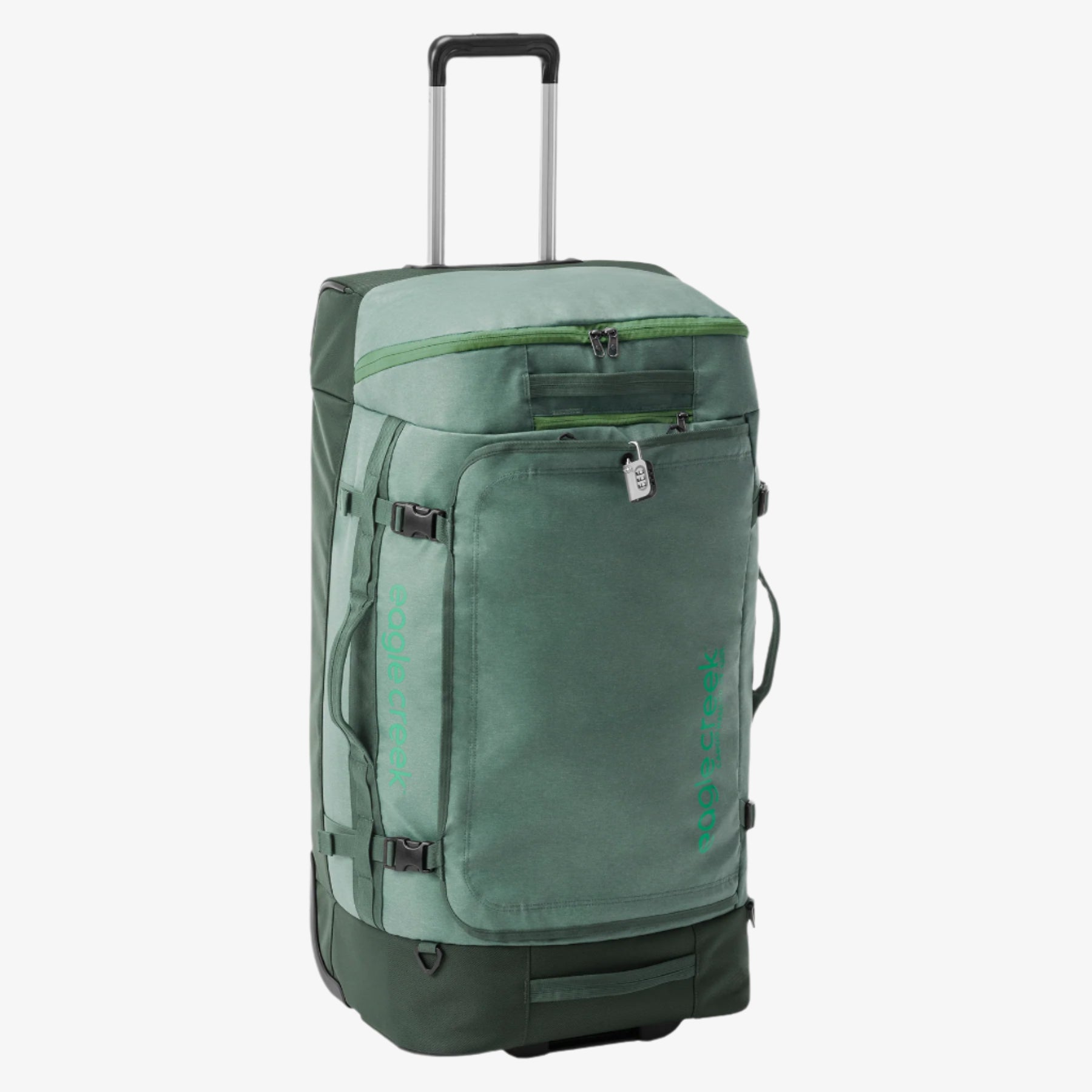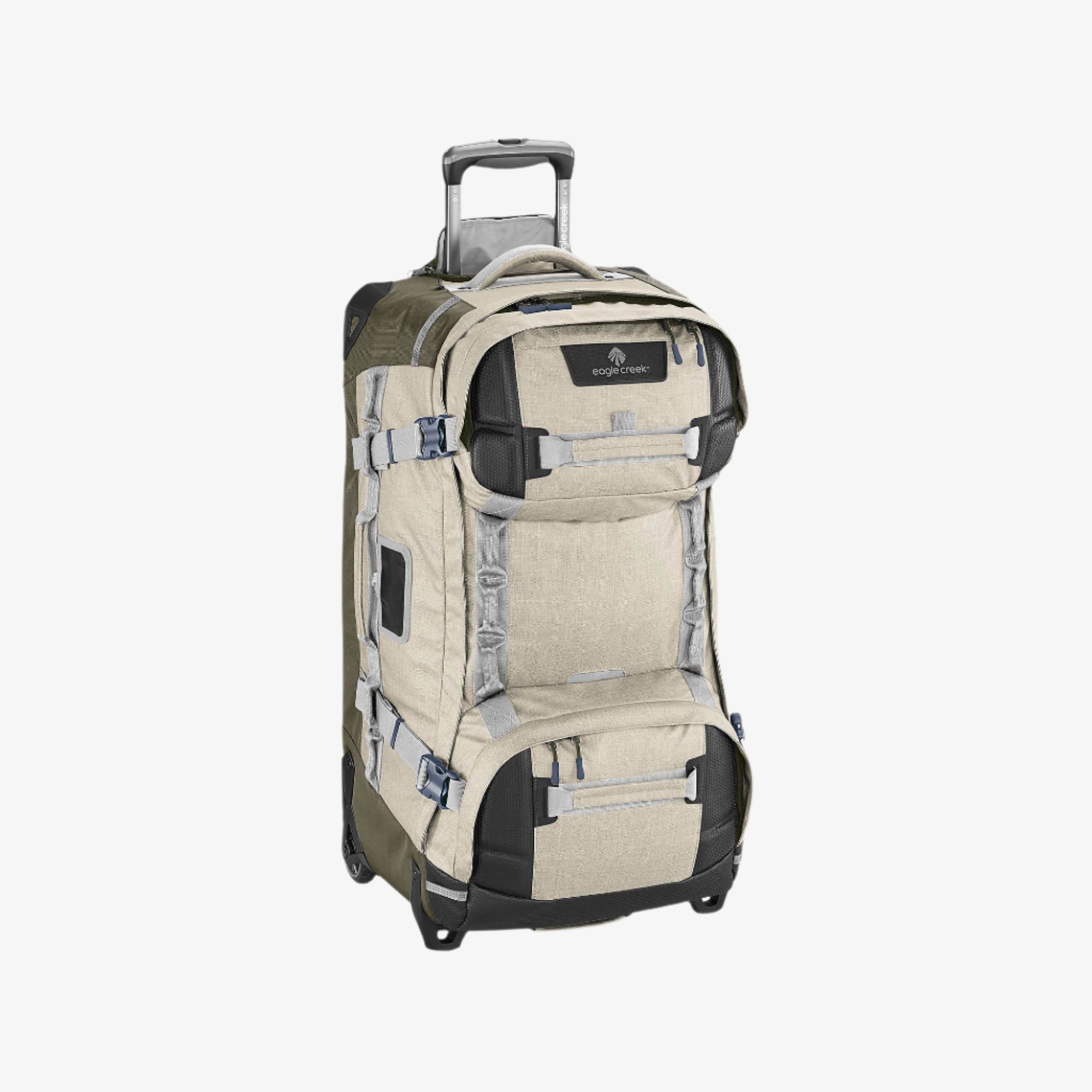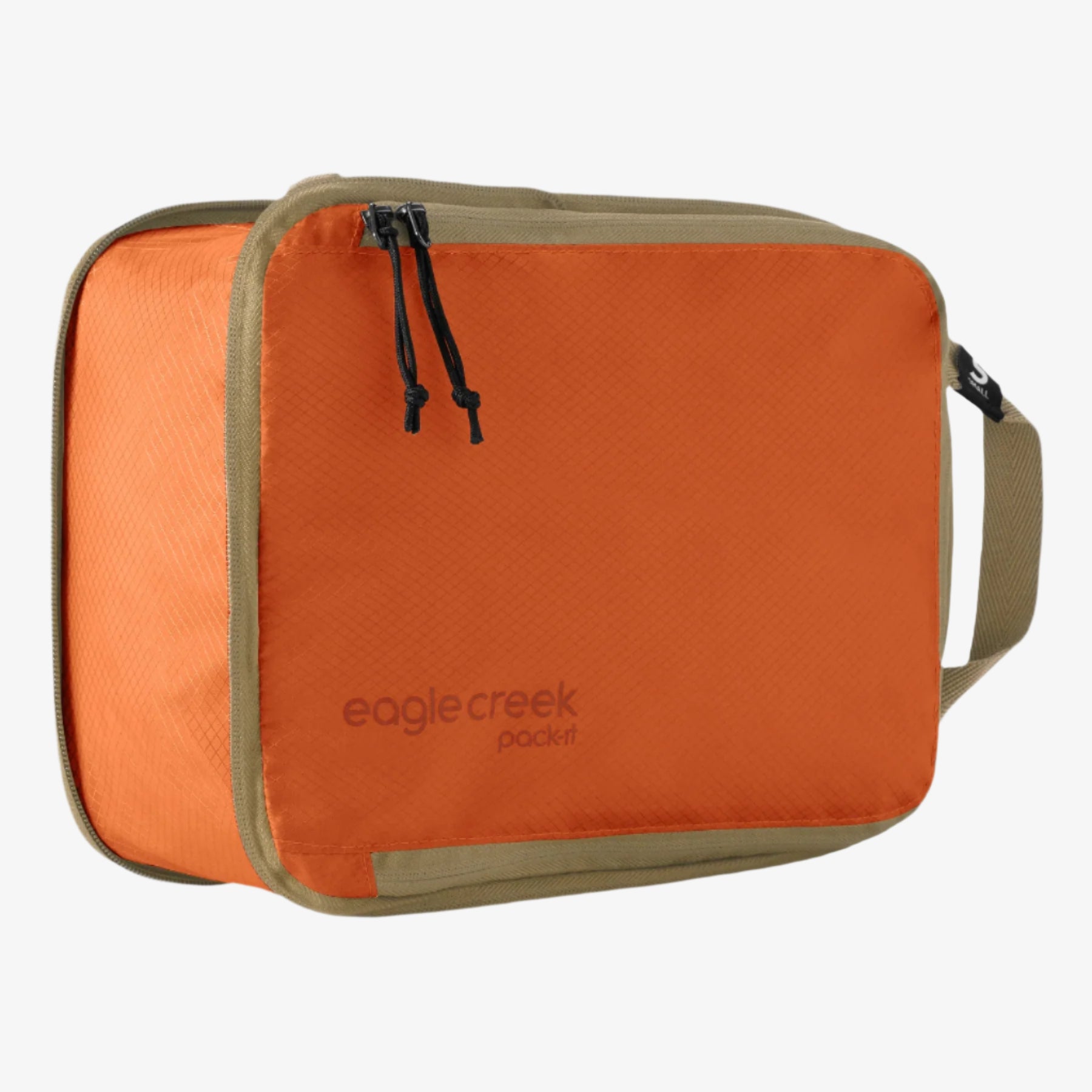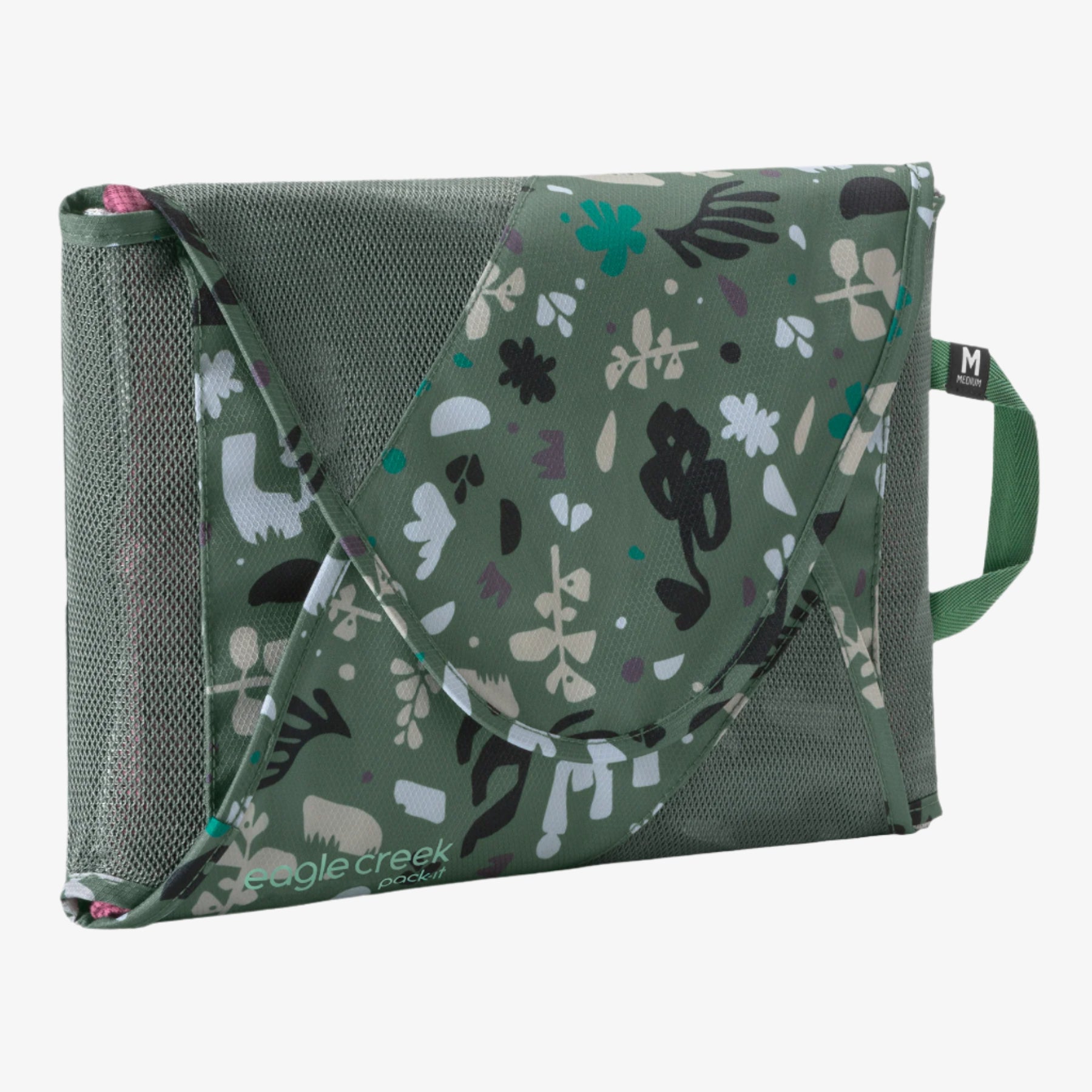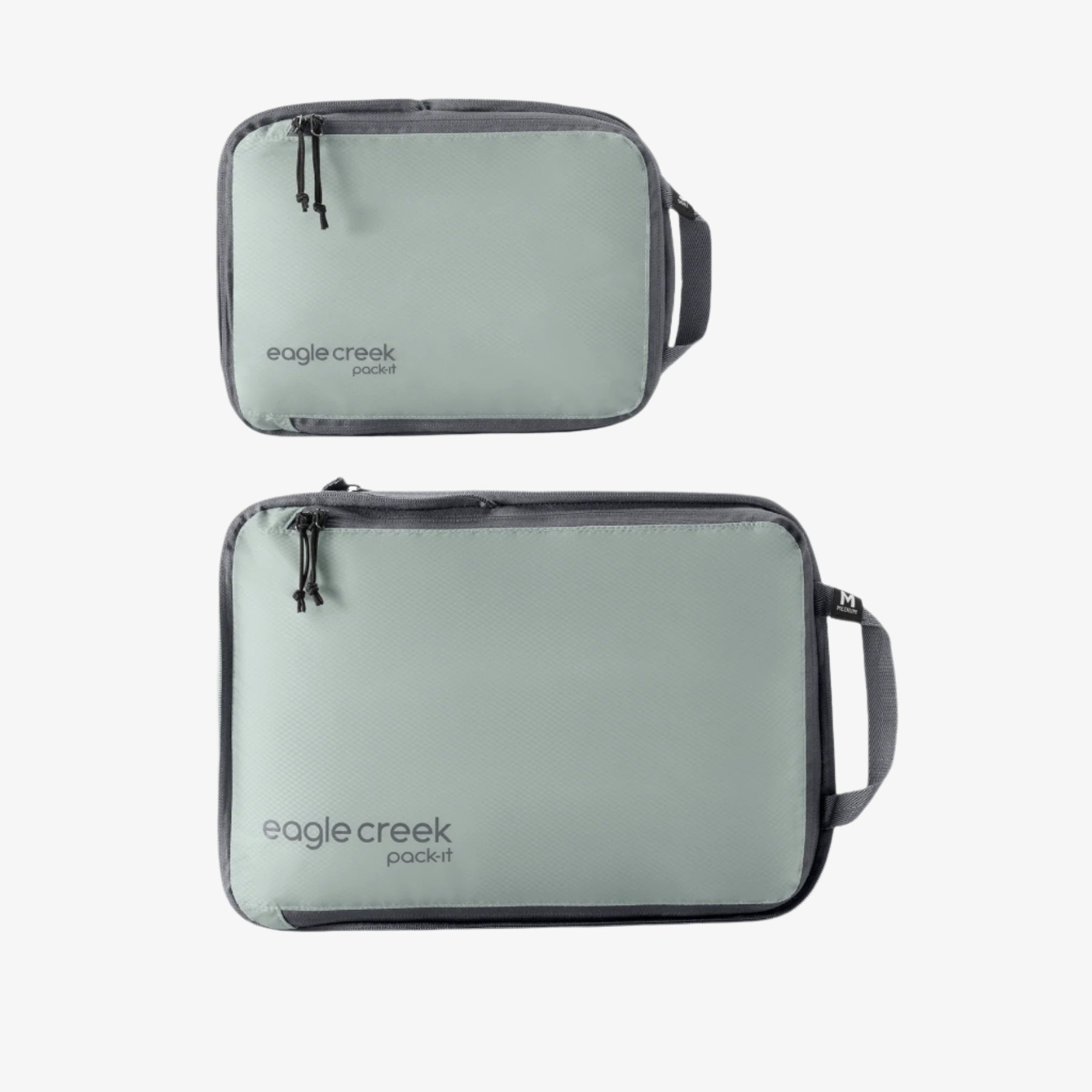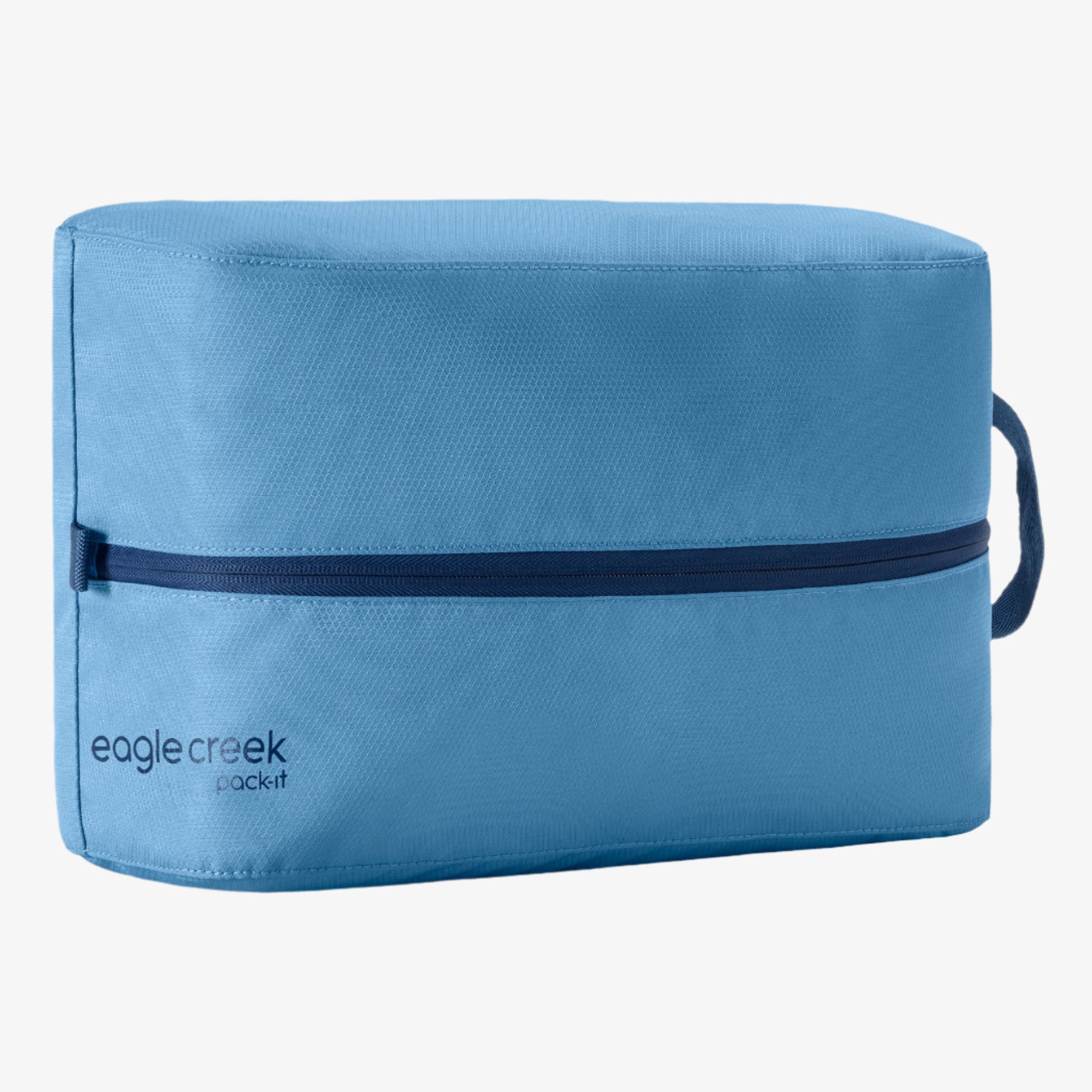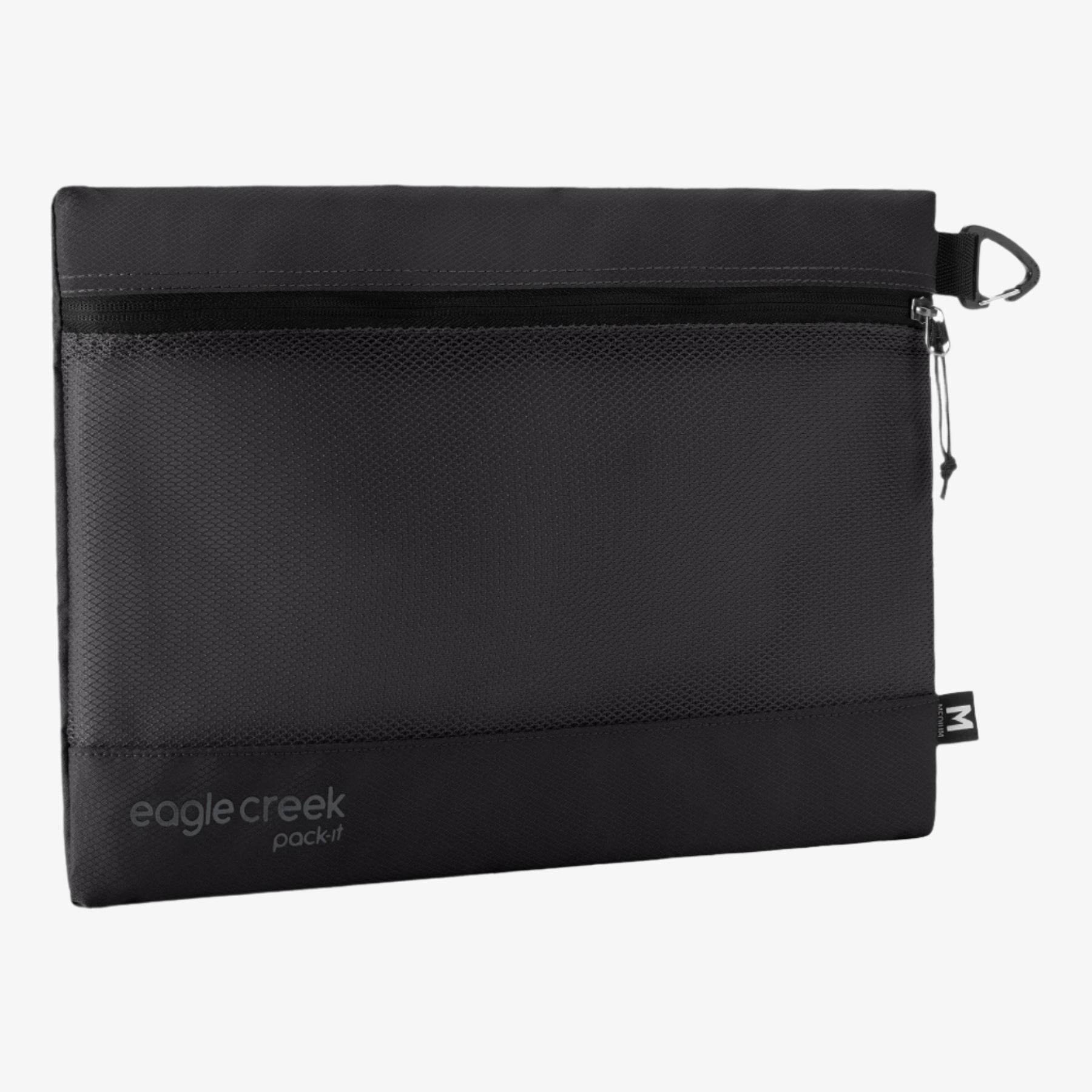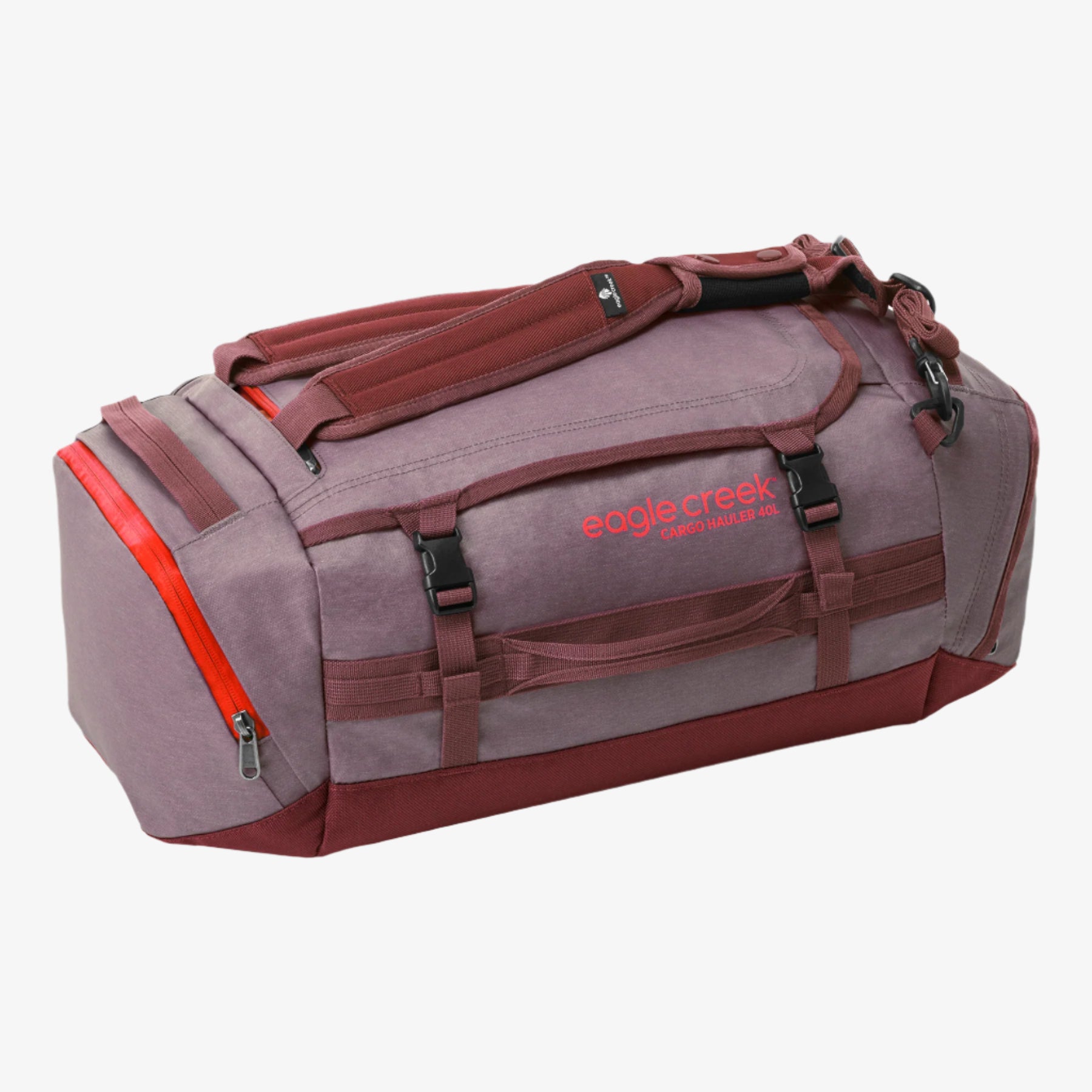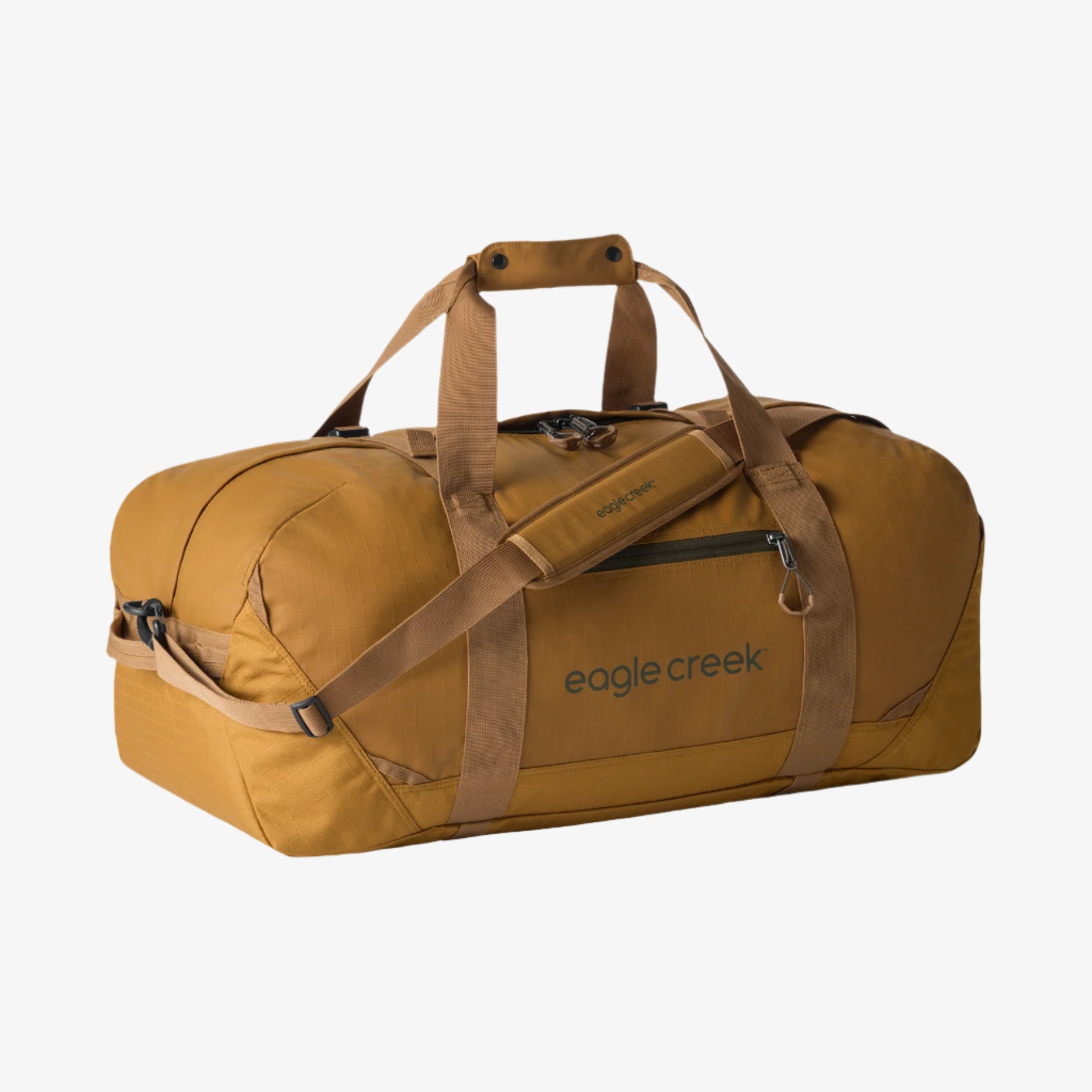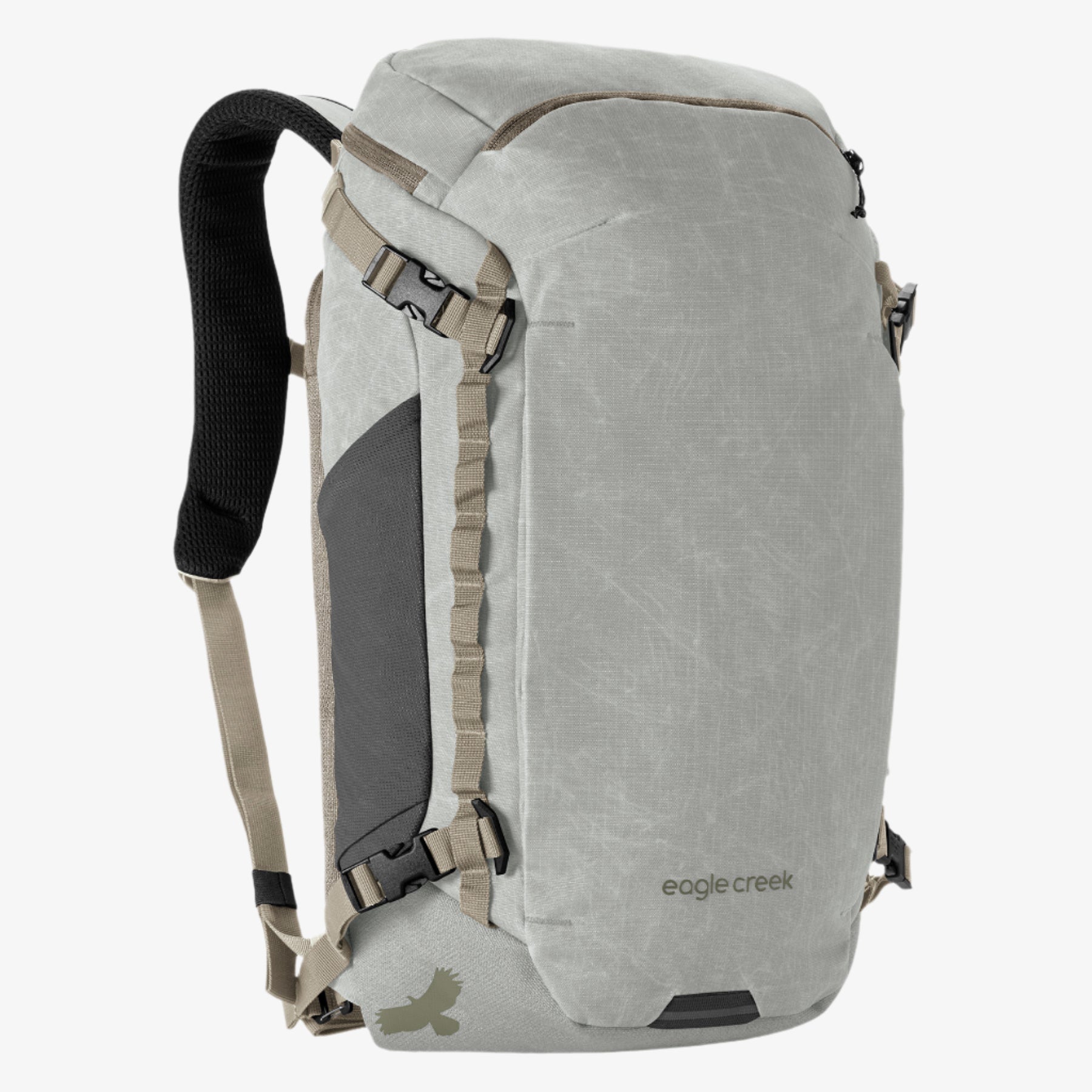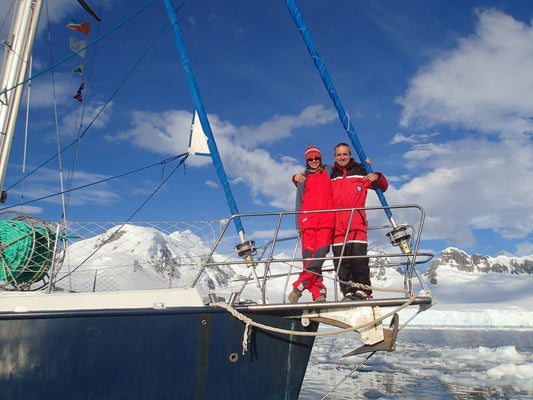
Luxembourg may be tiny, but it boasts some of Europe’s best hiking, significant World War II battlefields, and more.
At just under 1,000 square miles, Luxembourg is one of the smallest nations in the world, so it’s easy to overlook when planning a European vacation. But, skip Luxembourg and you’ll miss some of the best Europe has to offer.
Luxembourg City
With its international airport and train station, Luxembourg’s capital, Luxembourg City, is the logical starting point for exploring the country. Expect near freezing temperatures and snow in the winter and the occasional 90-degree day in the summer. It’s not uncommon for rain in the spring and fall, so pack for rainy weather—an umbrella and a light jacket is a must. A four-wheeled suitcase is also ideal for quickly navigating European streets.
Start your visit of Luxembourg City with a self-guided tour of the Bock Casemates, the remnants of the city’s fortifications. Then, head to the Grand Ducal Palace in Old Town to watch stoic soldiers guard the Grand Duke’s ceremonial residence. Plan to stop by Place d’Armes, a public square where locals and tourists alike dine at patio cafés and listen to musicians playing in the bandstand.
Nearby, you can pick up the Wenzel Circular Trail at the Luxembourg City Tourist Office. The urban trail descends into the ravine separating Old Town from the business district of Kirschback and loops back out. Signs in English point out highlights along the way.
Even though crime is very low in Luxembourg City and it’s not as crowded and touristy as other major European cities, play it safe while visiting by keeping your Euros, credit cards, and ID in a money belt, especially if you plan to use public transportation.
Hiking
Known as the Little Switzerland of Luxembourg, the Mullerthal Region near its German border boasts some of Europe’s best hiking. Find out why on the Mullerthal Trail as you hike through forests, cross streams, and pass castles and waterfalls.
The Mullerthal Trail isn’t actually one trail but a network of three routes totaling 70 miles. Route 1 meanders through a meadow, along the Sûre River, and past a pilgrimage chapel and castle. For a bit of a challenge, opt for Route 2 instead. The 23.6-mile trail begins with a strenuous climb to an overlook and continues past a cave, restored mill, and the scenic waterfall, Schiessentümpel. Route 3 features stops at Beaufort Castle and Larochette Castle.
While the Mullerthal Trail may be Luxembourg’s most popular trail, it isn’t your only hiking option. Luxembourg has 20 national hiking trails, including the Ardennes-Eifel, which links the Ardennes and Eifel regions, and the Moselle, which winds through the country’s winegrowing region.
Regardless of which trail you choose, pack the essentials in your daypack: plenty of water, snacks, a first aid kit, and a map.
Castles
Medieval castles dot Luxembourg’s countryside. You can hike to two of them—Beaufort Castle and Larochette Castle—on Route 3 of the Mullerthal Trail. Both are impressive, but if you visit just one of the two, make it Beaufort Castle. Not only does the castle date back to the 11th century, making it one of the first European medieval castles, but it still produces a black current liqueur, Cassero, in its cellars. Sample some on a guided tour.
Most of Luxembourg’s castles were built between the 11th and 14th centuries and fell into disrepair before the government stepped in to repair and open them for tours. Some of the most popular ones include Bourscheid Castle, the country’s oldest castle; Bourglinster Castle, which hosts the Bourglinster Music Festival; and Vianden Castle with its knight’s hall, crypt, chapel, and banquet hall.
History
The Battle of the Bulge, of one of World War II’s most significant battles, marked its 75th anniversary in 2019. In that battle, the Allies forced the Nazis out of Luxembourg and back into Germany. You can learn the exact details at the Battle of the Bulge museums, one in Clervaux and one in Wiltz, and see additional artifacts from the battle at the General Patton Memorial Museum in Ettelbruck. The National Military History Museum in Diekirch also focuses on the Battle of the Bulge.
In Esch-sur-Alzette, the National Resistance Museum tells the story of how Luxembourg citizens fought against their Nazi invaders from May 1940 through February 1945. Several smaller museums and memorials throughout the country pay tribute to the victims of Nazi atrocities, including the Hollerich Memorial at the railway station that sent many Jews to their deaths at concentration camps.
American travelers might be surprised to learn that General Patton is actually buried in the Luxembourg American Cemetery in a suburb of Luxembourg City, along with many of the men who died at the Battle of the Bulge. Nearby, their German counterparts rest in Sandweiler German Cemetery.
Luxembourg offers so many different types of adventures for travelers that it’s a no-brainer to add this fascinating country to your itinerary when you’re packing your bags for Europe.
While Eagle Creek is here to provide tips and insights on travel, we cannot accept any responsibility for any potential consequences arising from the use of this information. Always conduct your own research and use your best judgment.
Related Links (from Eagle Creek blog):
6 Expert Tips for Traveling Europe by Train
